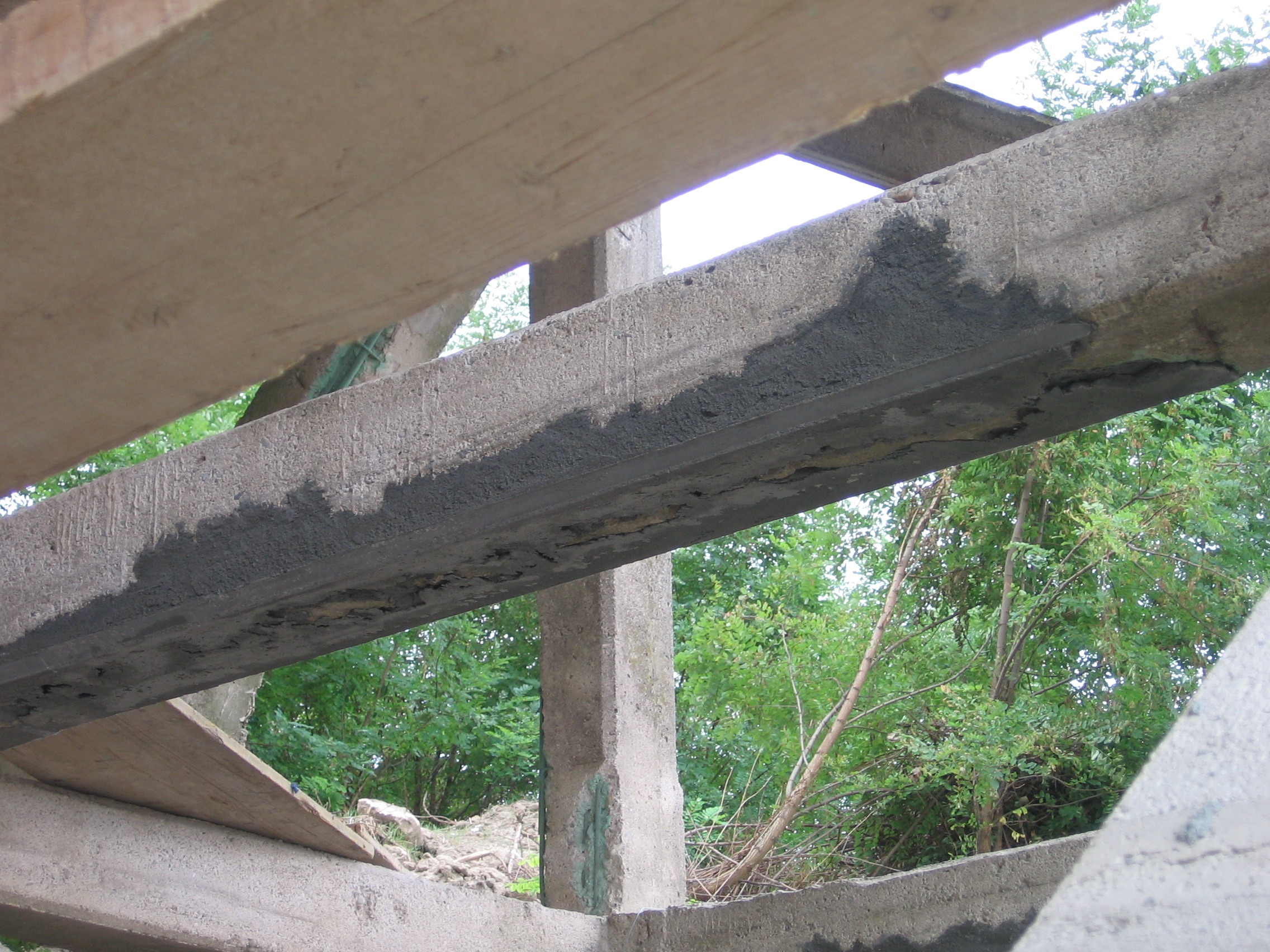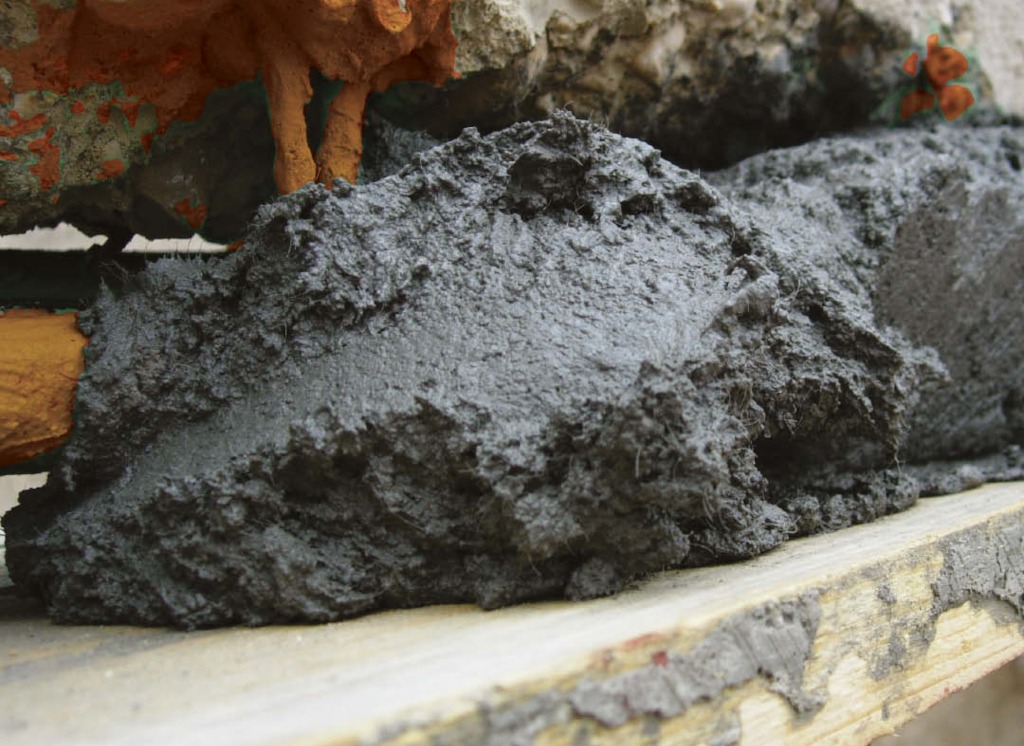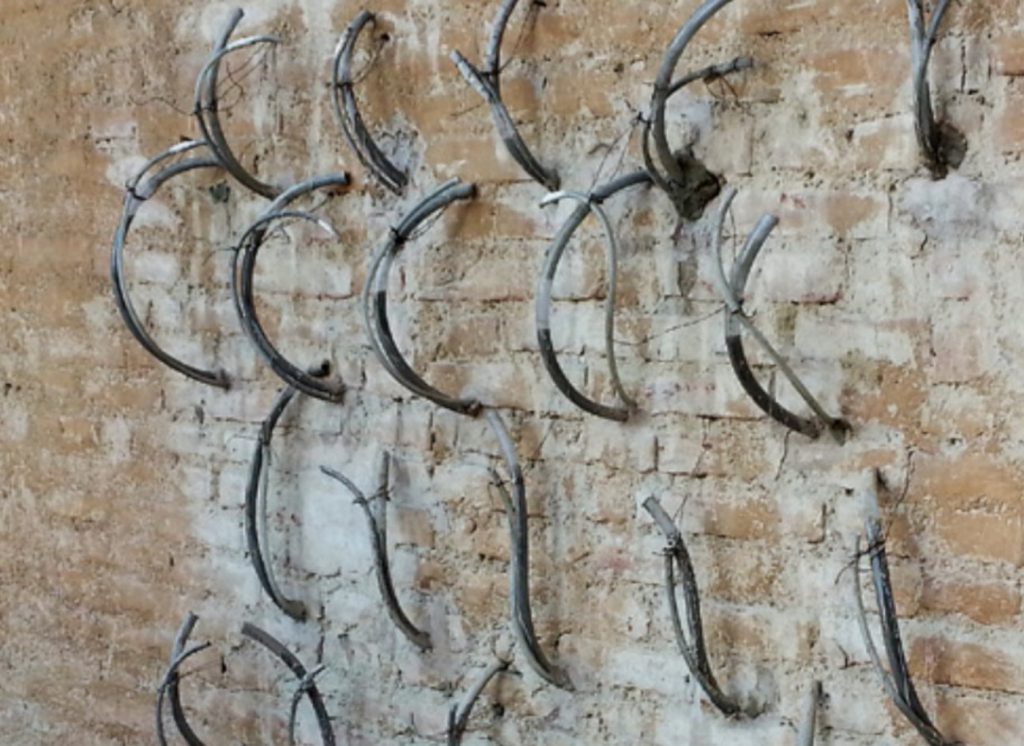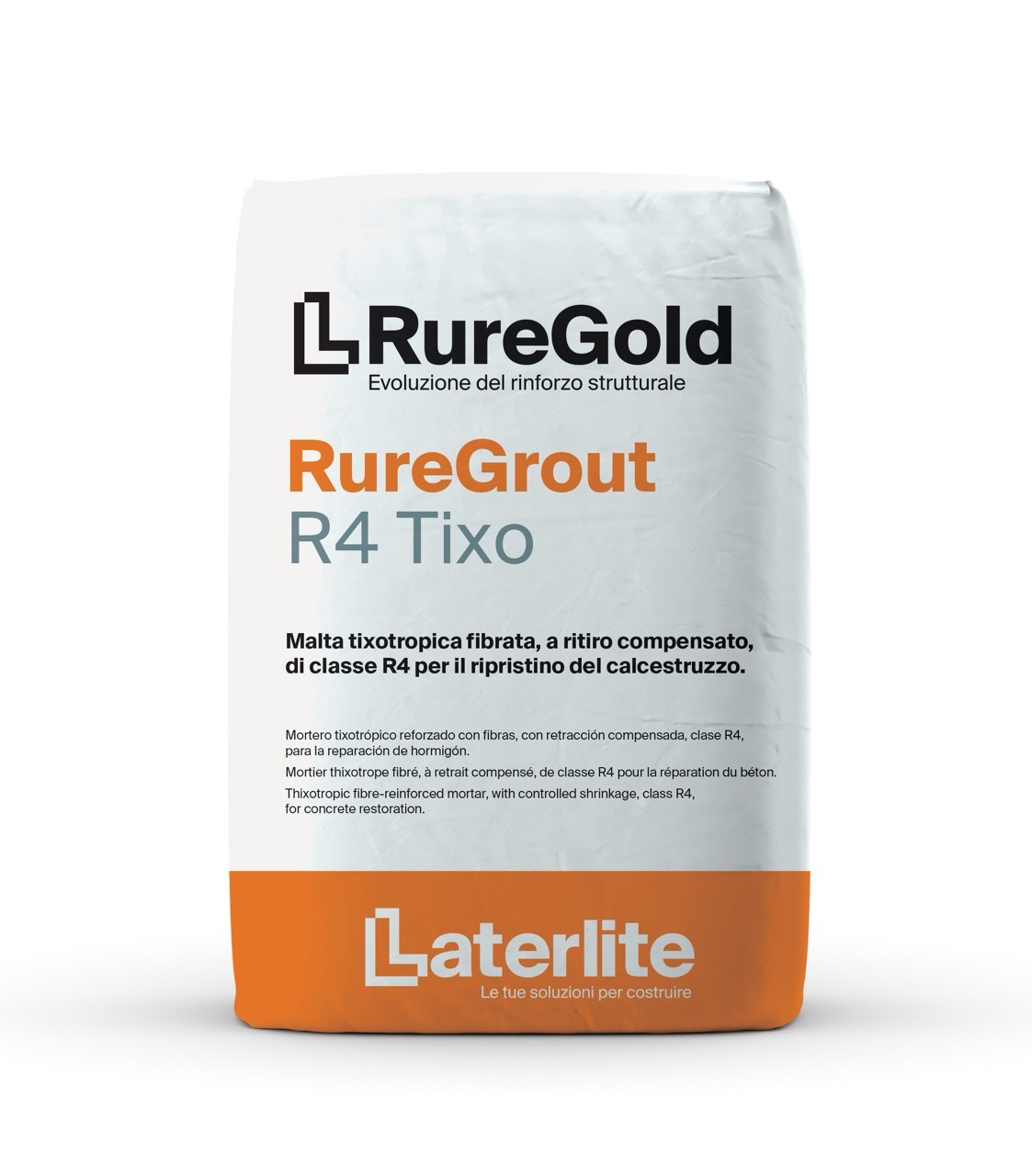Repairing the support
Repairing the existing support in concrete and masonry and preparing it for the application of FRCM, FRP and Reinforced Plaster structural strengthening systems.
Preparing the support for FRP and FRCM systems


Repairing the existing concrete
The process of repairing the existing concrete involves removing all the deteriorated and carbonated portions of the concrete, including the areas surrounding the iron parts to be treated. The deteriorated concrete must be removed manually or mechanically, so as to obtain a mechanically resistant surface that is sufficiently rough (roughness ≥ 5 mm). It is important to ensure the iron is free from interruptions, grease, oil and rust. We also recommend sandblasting the metal reinforcement to expose clean metal or, if this is not possible, brushing the surface of the metal thoroughly to achieve the same effect. Any additional and/or replaced reinforcements must also be treated in the same way. Once these preliminary operations are complete, use a paintbrush to apply two coats of Ruregold PASSIVATOR anti-corrosive cementitious mortar so as to cover the entire surface of the iron with an even layer. It is unavoidable that some of the passivator will get onto the surrounding concrete while applying it to the iron, but this will not cause any damage.
The aim of applying the passivator to the iron is to raise the pH above the minimum level necessary to prevent it from corroding. It is also essential to ensure the passivator adheres correctly to the concrete rebars, which means it must have a sufficient adhesion value on concrete. After applying the anti-corrosive grout to the reinforcement rods so as to protect them, the next step is the volumetric reconstruction of the concrete cover. The reinforced concrete cover may be repaired through volumetric reconstruction with Ruregold MX-R4 Repair mortar, applying the product manually with a trowel, or by using a plastering machine, so as to achieve a thickness of 20/25 mm per layer, applying each coat while the preceding one is still fresh. MX-R4 Repair polypropylene fibre-reinforced, cement-based controlled-shrinkage mortar with selected aggregates and super plasticizer admixtures.

Repairing existing masonry
The scope of this section is to provide a series of tools and techniques that may be used to improve the mechanical characteristics and properties of the masonry element, depending on the specific cases.
In particular, by focusing on the actual condition of the masonry pier, it is possible to intervene through factors designed to augment the performance of the existing masonry structure, regarding, respectively:
– high performance mortars;
– the presence of courses or mortar joints;
– the systematic use of transversal connection elements.


Localised demolition, unstitching/restitching, and subsequent reconstruction should be conducted exercising the utmost caution, avoiding violent impacts and vibration during the demolition phase and implementing any safety measures that may be necessary.
The procedure is as follows:
- remove (unstitch) the damaged part of the masonry;
- clean the wall face using a low-pressure water jet;
- reconstruct (restitch) the masonry segments that were removed previously, replacing them with solid bricks, laying the latter using mortar having similar physical-mechanical characteristics as the pre-existing type such as Ruregold MX-PVA Fibre-Reinforced, MX-RW High Performance, MX-CP Lime and MX-15 Plaster mortars.
In the case of erosion of the mortar joint, resulting in loss of function, we recommend repointing the joints; the repair and strengthening procedure is purely superficial (MX-PVA Fibre-Reinforced, MX-RW High Performance, MX-CP Lime and MX-15 Plaster.







